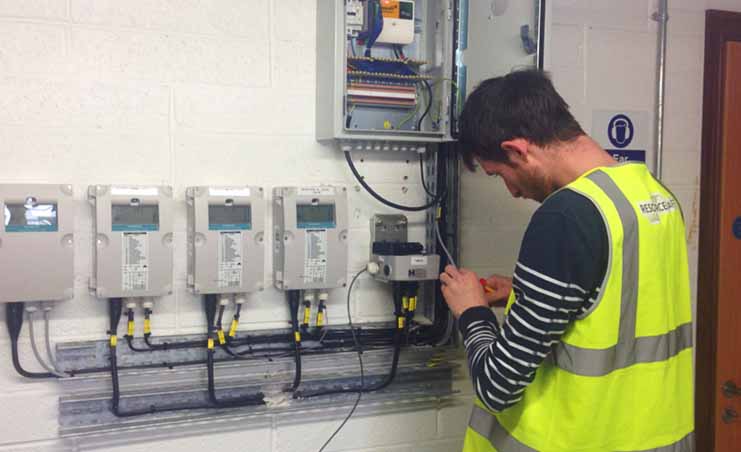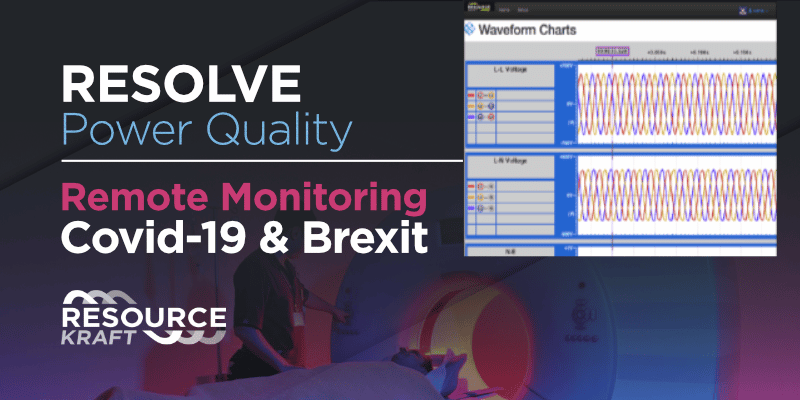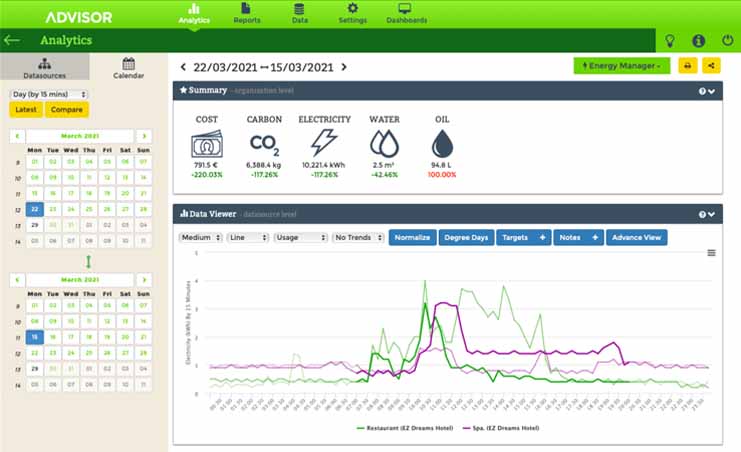There’s an old adage in management circles along the lines of “if you can’t measure it, then you can’t manage it” that turns out to be startling true within the realms of energy efficiency.

As the world increasingly bears the costs of higher and higher energy prices due to international instability, the economic effects of currently constrained supply and demand, and further delays in bringing online more renewable energy sources (and the need for grid scale storage solutions), it's vitally important to make the most efficient use of energy we can in order to keep costs down.
To that end, if you're not measuring your energy usage then you're unable to know whether or not you're getting the most efficient usage possible, and therefore value for money, from that energy.
An Electrical Example
For example, let's consider electricity - probably the most widely used source of energy in both consumer and business premises.
All users have an energy meter at point of entry for the electrical supply. This meter can give you a measure of how much electricity you have used, per time period, and can sometimes be augmented (through the use of clamp meters or smart meters) to display instantaneous usage to tabletop devices or smart phones.
Unfortunately even modern meters are not able to discern what appliances or loads within the premises are consuming electricity or at what rate - and that's the kind of information that would be most valuable as it's not enough to know you're using too much electricity, you need to know what is using that electricity.
IoT For The Win
Fortunately, with the advent of cheap installable devices and widespread networking (both wired and wireless) that problem is now easily solved by attaching a small IoT device at any point where electricity consumption can be measured. This device can then communicate with other similar devices and back to a base device where usage can be stored and most importantly, analysed.
By distributing monitoring devices throughout premises, which may be geographically distant (across towns, counties, or even countries), a picture can easily be built up of energy usage from the level of individual loads, through circuits, buildings, sites, or whole businesses. Effectively at any level you specify.
At the touch of a button, or perhaps the tap of a screen, both an instantaneous and historical representation of energy usage can be assembled in various ways from the myriads of devices supplying the data.
With that available data, potential efficiencies and therefore cost savings can easily be identified, and predictions on future energy usage made.
This not only helps in identifying excessive usage, but better and more efficient usage. Perhaps taking advantage of more elaborate time or scale based tariffs, allowing loads to be spread over time or rearranged to less costly billing periods and suchlike.
Additionally, the ability to take this data and make predictions about future usage gives flexibility to scale more efficiently should a business change its energy needs over time.
In this way another management adage comes to mind, "proper planning prevents poor performance".







